TABLE OF CONTENTS
What are synthetic cannabinoids including mojo drug, diablo K2, and spice pot?
In recent years, there has been a rising level of worry regarding synthetic cannabinoids and the potential health hazards that are linked with them. The effects of these compounds, which are often known on the street by names such as “Mojo,” “Diablo,” “K2,” and “Spice,” are similar to those produced by cannabis; nonetheless, they are chemically separate and frequently far more powerful.
The following is an in-depth guide that will assist you in gaining an understanding of these chemicals as well as the dangers that they present.
What Are Synthetic Cannabinoids? Mojo Drug?

Cannabinoids that are synthetic are man-made substances that interact with the cannabinoid receptors in the brain, very similarly to how THC (tetrahydrocannabinol) in natural cannabis acts on these receptors.
On the other hand, in contrast to the naturally occurring chemicals that can be found in cannabis, these synthetic equivalents can be an order of magnitude more powerful and unpredictable.
They are frequently sprayed onto plant material and offered for sale in colored packets as a “legal” or “safe” alternative to marijuana.
They are marketed under names such as Mojo, Diablo, K2, or Spice pot. The idea that they are secure, on the other hand, couldn't be more removed from the reality of the situation.
History and Current Legal Standing of Synthetic Weed
The earliest development of synthetic cannabinoids occurred for the goal of conducting research on the endocannabinoid system found in the human body.
Their departure from the laboratory and arrival in the real world has brought with it a plethora of problems on the legal, medical, and social fronts.
Many nations and states have taken the precautionary measure of outlawing or strictly regulating the use of these substances as a response to the risks posed by these substances as well as their rising popularity.
However, manufacturers frequently alter the chemical structure in order to get around the restrictions, which results in a never-ending game of cat-and-mouse between the authorities and the producers.
Health Risks of Using Synthetic Cannabis
The effects of synthetic cannabinoids are notoriously difficult to anticipate, mostly for the following reasons:
They can be far more potent than natural THC, which means a lesser amount of it is required to provide the same level of impact.
Inconsistency Because there is no quality control in the creation of illegal drugs, each batch may be quite different from the one that comes after it.
Unknown Chemicals: In addition to the active components, there may also be other chemicals that are unknown to us that have the potential to be dangerous.
Use of synthetic cannabinoids is related with a number of potential health hazards, including the following:
-Extreme levels of anxiety as well as paranoia
-Visions that aren't real
-Nausea and vomiting are occurring.
-Accelerated beating of the heart with elevated blood pressure
-Injury to the kidneys
-Epileptic fits
-Symptoms of schizophrenia
-In addition, there have been a number of overdoses and fatalities reported that have been linked to the use of synthetic cannabinoids.
The Appeal of Man-Made Cannabinoids (Synthetic Cannabinoids)
In spite of the dangers, many people are tempted to synthetic cannabinoids due to the following reasons:
Because of the frequency with which manufacturers alter the chemical structure, there is a possibility that some variants will appear to be technically legal for a brief period of time.
Some people take them because they believe that these drugs won't show up on regular drug tests, which allows them to get away with using them.
Accessibility: They are widely available and can be purchased from convenience stores, smoke shops, or even on the internet.
THC Pills like Marinol, Dronabinol and Cesamet are getting popular around the world. Every day the conversation on medical marijuana is growing. Here we will overview some of the ways marijuana is used as medicine, both in and outside the pharmaceutical industry.
Pharmaceutical Cannabis Products:
At this point in time there are only a few approved pharmaceutical forms of cannabis-based medicine available by prescription.
Marinol-(Dronabinol)
–Marinol is a synthetic form of THC sold in pill form and mixed with sesame oil.
-It is used to help with nausea and vomiting and for relief from some of the many unwanted side effects that chemotherapy patients typically go through.
-Marinol does not work as well as real THC because it takes a long time to absorb, leaving the patient waiting for up to 4 hours before feeling any of its benefits.
Cesamet-(Nabilone)
–Another synthetic version of THC.
-It has been out for over twenty years but only used in America since 2006 as a treatment for nausea and vomiting experienced from chemotherapy for cancer.
Sativex-(Nabiximols)
In 2005 Sativex became the first approved prescription medication made from cannabis plants. Sativex is currently available in Canada, Germany, UK, New Zealand, and Spain.
It is currently going through trials in many other countries, including the United States. Sativex is commonly used for patients suffering from Multiple Sclerosis.
Sativex is half THC and half CBD.
Cannabinoids
Well over 100 cannabinoids have been discovered in cannabis. THC is by far the most found and discussed.
Cannabinoids dissolve in alcohol, butter, fats, and oils due to the fact that they are fat-soluble. Because cannabinoids are fat-soluble, they are easily used in cakes, cookies, shakes, dressings, brownies, and many other types of foods.
In order to work effectively, it is imperative to heat cannabis in order to cause a conversion from cannabinoid acid into active and usable THC.
Because edibles are ingested and must pass through the liver, the effects take longer, sometimes as long as 3 or 4 hours before feeling them. Cannabis Butter or “Cannabutter” is the most commonly used method when making edibles.
It is butter that has been infused with cannabinoids. Cannabis butter can be made on a stove top, in a crockpot, or in a double boiler. To make cannabis butter all that is done is:
-Combine dried cannabis with butter and place it on the stovetop or in the crockpot at low heat (keep below 280 degrees Fahrenheit).
-After heating for at least an hour, carefully strain the remaining plant material and catch the butter in a dish.
-Let cool in a refrigerator before use Cannabis Butter can be used in any dish that uses butter in it.
Cannabis Oil or “Canna-Oil” is simply cooking oil that has been infused or mixed with cannabinoids. It can be extracted by heating up oil and dried cannabis at a low temperature (not to exceed 280 degrees Fahrenheit). Cannabis Oil can be used in any recipe that used oil in the ingredients.
Cannabis Liquor is liquor that has been infused with cannabinoids. It is often added to coffee and teas.
Cannabis Tinctures are most commonly made by using ethanol alcohol to extract cannabinoids from plant matter. Tinctures are often put in a spray bottle and absorbed sublingually under the tongue and into the mucous membranes. Many patients who find smoking of cannabis to be too harsh find that using tinctures is a great way to enjoy the effects of cannabis without any stress that inhalation can cause.
Topical Cannabis is made into creams and salves and is used for strains, inflammation, herpes, and skin allergies. CB1 & CB2 receptors on the skin absorb the topical cannabis creams. Topicals are applied directly to the skin to areas that are showing discomfort. Because topical cannabis is absorbed through the skin, it does not produce a psychoactive effect like smoking or eating cannabis does.
Topical cannabis has been proven effective for such ailments as:
-Acne
-Arthritis
-Back Pain
-Cramps
-Fever Blisters
-Herpes
-Psoriasis
Side Effects of Marijuana Use
It is absolutely impossible to overdose on marijuana. Marijuana is one of the safest drugs in the world. Although it is incredibly safe to use, there are some side effects that may cause discomfort in some users, such as:
-Anxiety
-Drowsiness/sleepy
-Appetite stimulation/hungry
-Redness in the eyes
-Short–term memory loss
-Loss of coordination
Summary of Spice Pot & Synthetic Weed
There is a substantial danger to one's health posed by the synthetic cannabinoids such as Mojo, Diablo, K2, and Spice.
Because of their unpredictable nature and the possibility that they will cause severe adverse effects, synthetic cannabinoids are not even close to being a safe replacement for natural cannabis.
It is of the utmost importance to not only be well informed and aware of the risks they present, but also to educate others on the subject.
If someone is having trouble with their use of substances or the effects of those substances, they should get medical help and consider seeking therapy or addiction programs.
Synthetic Cannabinoids FAQ's
Synthetic cannabinoids, such as Mojo drug, Diablo K2, and Spice pot, have gained notoriety in recent years. Here are some of the most commonly asked questions about these substances:
What are synthetic cannabinoids?
Artificial compounds known as synthetic cannabinoids are engineered to replicate the euphoric properties of THC (tetrahydrocannabinol), the main ingredient in marijuana. Under a variety of brand names, such as Mojo drug, Diablo K2, and Spice pot, these chemicals are sometimes sprayed over dried plant material and sold as “herbal incense” or “potpourri”.
Are synthetic cannabinoids legal?
The legal standing of synthetic cannabis differs depending on the nation and region. A number of countries, including the US, have outlawed or designated as prohibited narcotics certain synthetic cannabinoids. However, in order to get around legal constraints, producers frequently change the chemical composition of these compounds, which can affect their legal status.
What are the effects of synthetic cannabinoids?
Synthetic cannabis can have strong and erratic effects. Similar to the effects of marijuana, users may experience elevated mood, relaxation, and changed perception as psychoactive effects. Synthetic cannabinoids, however, can also have extremely harmful side effects, such as severe anxiety, paranoia, hallucinations, fast heartbeat, vomiting, and in rare situations, even seizures or even death.
How do synthetic cannabinoids differ from natural marijuana?
Despite being made to resemble THC, synthetic cannabinoids have a far higher potency and potential for harm than cannabis. Compared to natural cannabis, synthetic cannabinoids can have considerably different chemical compositions and more potent, longer-lasting effects. Furthermore, unidentified or dangerous chemicals may be present in synthetic cannabis, increasing their potential for harm.
“
There are over 300,000 jobs in the cannabis industry. CTU trained me for one of them!

Makes $24.50 @ THC +
Are synthetic cannabinoids safe to use?
No, it is not deemed safe to use synthetic cannabis. These drugs have been connected to a number of dangerous health consequences, such as psychosis, seizures, heart attacks, and even death. They can also have very serious side effects. They are especially harmful due to the unpredictability of their chemical makeup and the absence of quality control during production.
Why do people use synthetic cannabinoids?
For a variety of reasons, such as curiosity, peer pressure, or a desire to enjoy the euphoric benefits of cannabis without running the danger of legal repercussions from using marijuana, people may use synthetic cannabinoids. Additionally, some people might think that synthetic cannabinoids are a safer option than organic cannabis, but this is untrue.
Can synthetic cannabinoids be detected in drug tests?
Since synthetic cannabinoids differ chemically from THC, many routine drug tests do not check for them. But specific tests have been created to identify specific synthetic cannabinoids, and some law enforcement and employers have started utilizing these tests. It's crucial to remember that these drugs' constantly shifting chemical makeup makes identification difficult.
What are the long-term effects of synthetic cannabinoid use?
Because synthetic cannabinoids are relatively new and have diverse chemical compositions, it is unclear what the long-term ramifications of using them will be. On the other hand, evidence from study indicates that long-term use may result in dependence, withdrawal symptoms, and chronic mental health issues like psychosis, sadness, and anxiety.
How can someone get help for synthetic cannabinoid addiction?
It is imperative to get professional assistance if an individual is experiencing addiction to synthetic cannabinoids. Support groups, medication-assisted treatment, and behavioral therapy are possible forms of treatment. Making contact with a healthcare provider or a nearby addiction treatment facility is a wise first step towards obtaining the right assistance.
What can be done to prevent the use of synthetic cannabinoids?
Keeping people from using synthetic cannabis calls for a multifaceted strategy. It is vital to educate individuals about the risks associated with these substances, especially the younger generation. Reducing availability may be aided by toughening legal limitations and enforcement initiatives. Prevention might also involve supporting individuals who are at risk of using these substances and promoting open communication.
To learn more about the ever growing world of medical cannabis and how you can earn money and be a part of it enroll at the premier cannabis college, Cannabis Training University.
*medical disclaimer
The information provided in this article is intended solely for educational purposes and cannot substitute for professional medical advice.
Seek medical advice, diagnoses, or treatment from a medical professional or healthcare provider.

Fred Hernandez
Fred Hernandez is a highly accomplished and versatile writer, boasting an extensive background in the cannabis industry. With an in-depth understanding of various sectors including cultivators, processors, retailers, and brands, Fred's expertise spans across the entire cannabis landscape. As a prominent contributor to CTU, he consistently delivers insightful articles exploring the latest developments, news, and regulations shaping the cannabis industry. Whether it's delving into the intricacies of cannabis products, cannabis strain reviews, or providing comprehensive analyses of cannabis laws, or sharing expert insights on cannabis cultivation techniques, Fred's wealth of knowledge positions him as an invaluable writer and educator for all cannabis-related subjects.


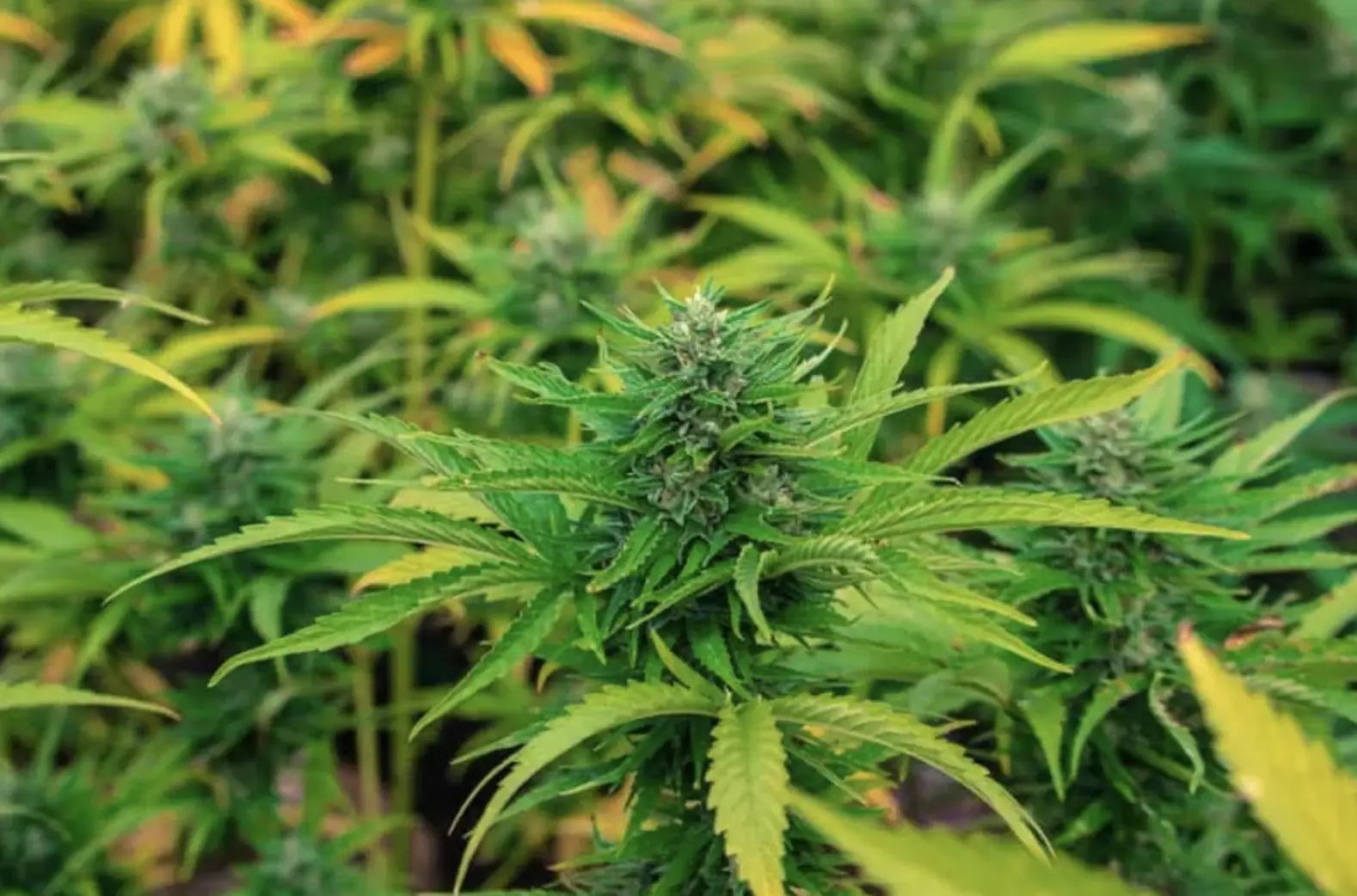



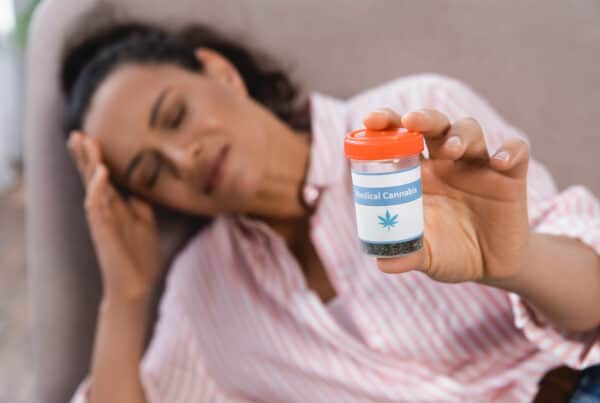
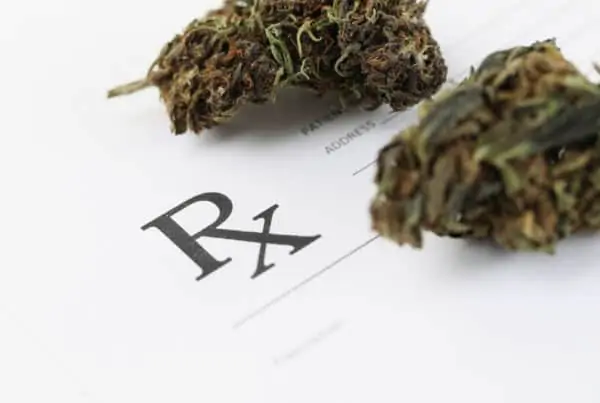
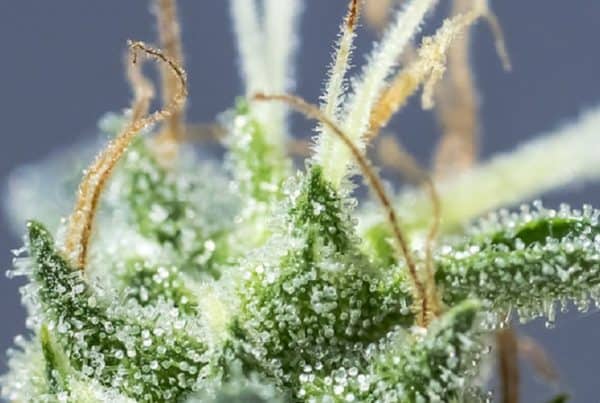
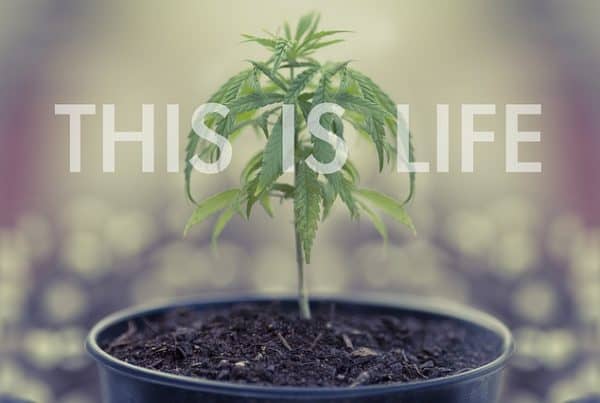
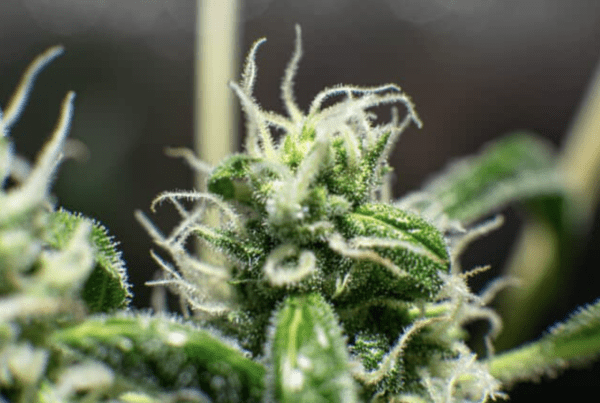

 Jeff was involved in an accident where he endured a traumatic brain injury. He had a week-long stay in ICU where brain surgeons
Jeff was involved in an accident where he endured a traumatic brain injury. He had a week-long stay in ICU where brain surgeons  100% risk free money back guarantee within 48 hours after purchase if student has not completed any of the courses or exams.
100% risk free money back guarantee within 48 hours after purchase if student has not completed any of the courses or exams.